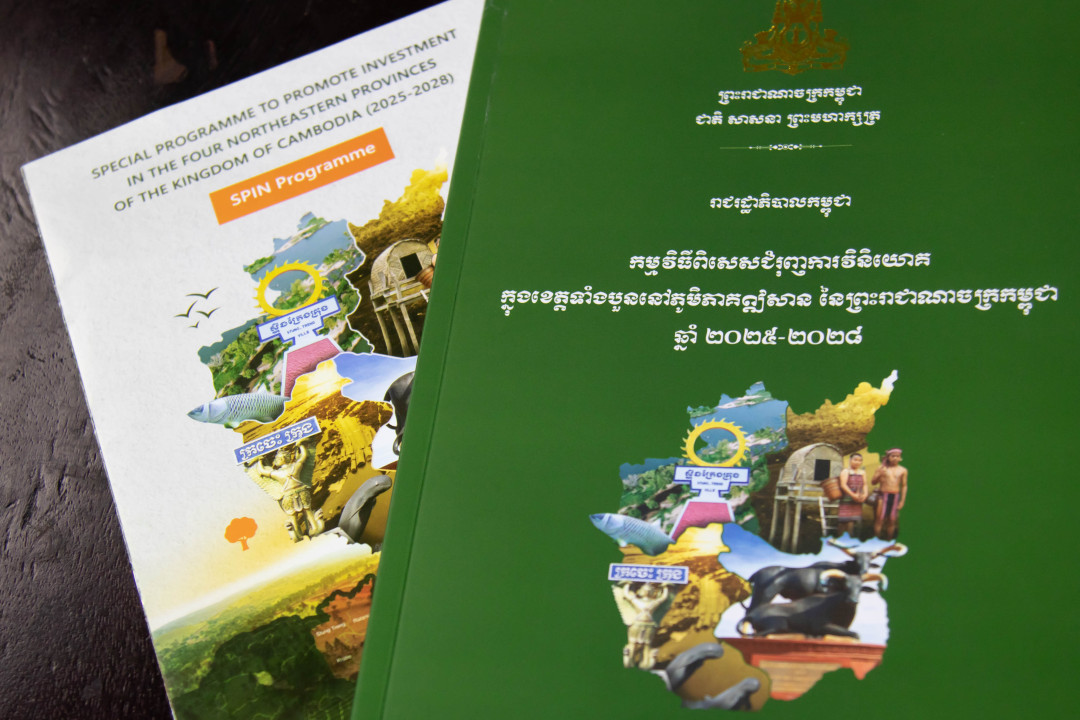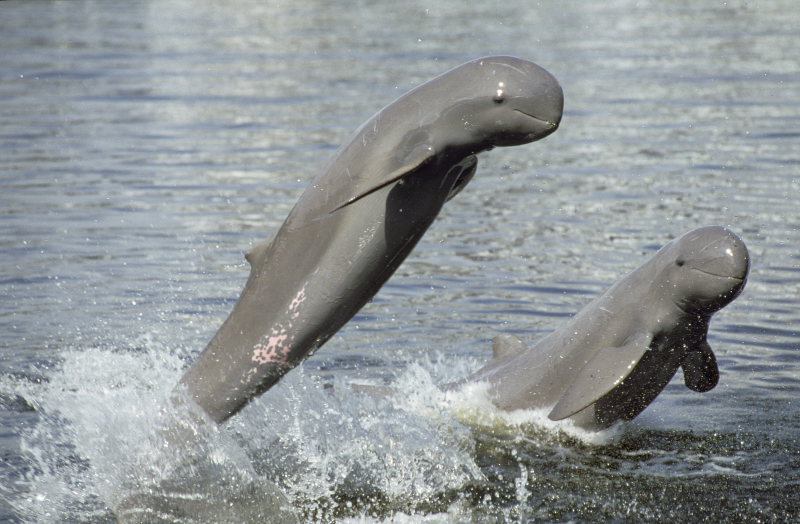SPIN Program Launched to Promote Investment in Cambodia's Remote Northeastern Provinces

The Special Program to Promote Investment in the Four Northeastern Provinces (SPIN Program) 2025-2028 was launched on April 9 by the Cambodian government to foster more investment in Stung Treng, Kratie, Ratanakiri, and Mondulkiri provinces, highlighting the potential these provinces hold in agriculture, agro-industry, and tourism.
The launch ceremony was presided over by Prime Minister Hun Manet, who shared information on the program’s key features, which include tax incentives, single-window mechanisms, financial support, and human resources support.
The Working Group to Promote Investment in the Northeastern Provinces of Cambodia (SPIN-WG) will serve as a “One-Stop Services Window” for reviewing, evaluating, and approving projects. It will also provide incentives and issue various permits or licences. Investment projects with capital equivalent to USD 100,000 or more can apply for QIP registration.
The SPIN-WG is led by H.E. Dr. Hean Sahib, Secretary of State of the Ministry of Economy and Finance. He also led the Sihanoukville Special Investment Program working group when it was launched to resolve the issue of abandoned buildings in the coastal city back in early 2024.
Key Features of Cambodia’s Four Northeastern Provinces
Bordering Vietnam and Laos, Stung Treng, Kratie, Ratanakiri, and Mondulkiri provinces have a collective population of over 962,000, and more than 1 million hectares of arable land (10.31 per cent of the country's total). The SPIN Program aims to broaden the economic base of these provinces by developing key sectors and creating new sources of national economic growth.
With a low population but vast arable land, fertile soil, and a favourable climate, these provinces are conducive to cultivation and livestock rearing. They are also key producers of popular crops such as rubber, cashew, and yellow bananas.
In 2024, the four provinces produced:
- Yellow Banana: 232,616 tons (58.65 per cent of the national total)
- Cashew: 376,571 tons (42.52 per cent of the national total)
- Rubber: 167,213 tons (41 per cent of the national total)
- Cassava: 3,223,459 tons (20.55 per cent of the national total)
The government regards these provinces as having a ‘Unique Tourism Identity’ in Cambodia, as they have freshwater dolphins, wildlife sanctuaries, national parks, Ramsar sites, and also feature indigenous culture and traditional lifestyle.

The main goal of the SPIN Program is to transform Cambodia’s northeast into a high-growth region by leveraging existing endowments in agriculture, agro-industry, and tourism, in alignment with relevant national policies.
Priority Sectors for Investment in Cambodia’s Northeastern Provinces
- Agriculture: Cultivation of crops with high economic potential, including flowers, vegetables, fruits, and timber, as well as outdoor commercial livestock rearing.
- Agro-Industry: Processing and/or packaging of key products such as rubber, cashew, cassava, yellow banana, fruits, and timber.
- Tourism: Development of Unique Identity Tourism, eco-tourism sites, supreme tourism, botanical gardens, theme parks, zoos, biodiversity conservation sites, and integrated resort areas.
The program seeks “to resolve existing challenges through low-hanging and intermediate measures in order to achieve immediate results that can attract private investment; and to promote a clustering effect in order to achieve economies of scale via investment in strategic priority sectors rather than investment in a wide range of sectors”, according to the SPIN program booklet.
Incentives Provided by the Government for Investment in Cambodia’s Northeastern Provinces
The government will offer three types of incentives for investment into Stung Treng, Kratie, Ratanakiri, and Mondulkiri provinces:
- Tax and Tariff Incentives, including income tax, withholding tax, VAT on domestic goods, tariffs, and excise;
- Affordable Financing, through the Agricultural and Rural Development Bank (ARDB) and SME Bank of Cambodia;
- Reduction of Production Costs, through the simplification of procedures and support for private investment activities.